Animals
-
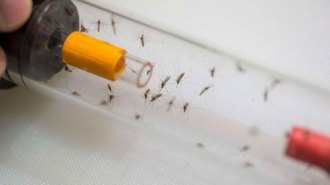 Animals
AnimalsMosquitoes prefer dozing over dining when they are sleep-deprived
Mosquitoes repeatedly shaken to prevent slumber lag behind well-rested ones when offered a researcher’s leg to feed on, new experiments show.
By Anna Gibbs -
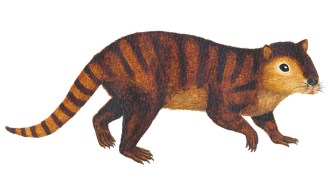 Paleontology
PaleontologyHow mammals took over the world
In the book The Rise and Reign of the Mammals, paleontologist Steve Brusatte tracks the evolutionary innovations that made mammals so successful.
-
 Health & Medicine
Health & MedicineTrained dogs sniff out COVID-19 as well as lab tests do
Dogs can be trained to sniff out COVID-19 cases. They’re overall as reliable as PCR tests and even better at IDing asymptomatic cases, a study suggests.
-
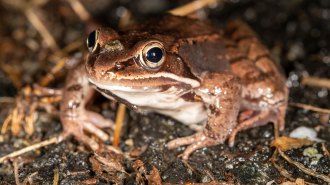 Animals
AnimalsAn ‘acoustic camera’ shows joining the right boy band boosts a frog’s sex appeal
Serenading with like voices may help male wood frogs woo females into their pools, analysis of individual voices in a frog choir shows.
By Susan Milius -
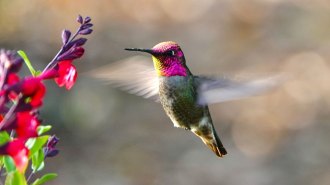 Life
LifeHigh altitudes may be a climate refuge for some birds, but not these hummingbirds
After being moved to a spot high above their typical home, Anna’s hummingbirds seemed to struggle to hover in the thin air.
-
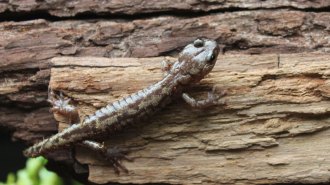 Animals
Animals‘Wandering’ salamanders glide like skydivers from the world’s tallest trees
Using their legs and tail, these amphibians have impressive control over their daring dives from coast redwood canopies.
By Jake Buehler -
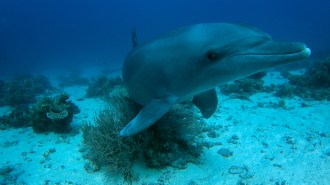 Animals
AnimalsThese dolphins may turn to corals for skin care
For Indo-Pacific bottlenosed dolphins, rubbing against corals and sea sponges that contain antibacterial compounds could help keep skin healthy.
-
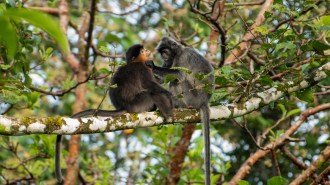 Animals
AnimalsA ‘mystery monkey’ in Borneo may be a rare hybrid. That has scientists worried
Severe habitat fragmentation caused by expanding palm oil plantations may have driven two primate species to mate that wouldn’t have otherwise.
-
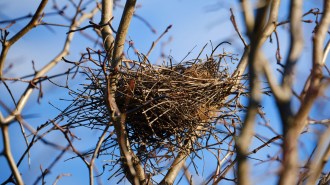 Physics
PhysicsExperiments hint at why bird nests are so sturdy
A bird’s nest is a special version of a granular material. Lab experiments and computer simulations explain its quirky behavior.
-
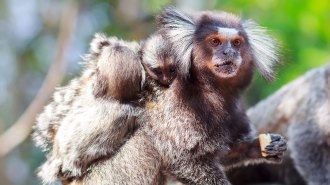 Animals
AnimalsBaby marmosets may practice their first distinctive cries in the womb
Ultrasounds tracking fetal mouth movements in baby marmosets pinpoint the early development of the motor skills needed for vocalization.
By Anna Gibbs -
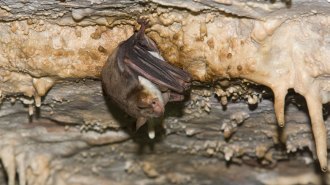 Life
LifeThese bats buzz like wasps and bees. The sound may deter hungry owls
Researchers have identified what may be the first known case of a mammal mimicking an insect.
By Jake Buehler -
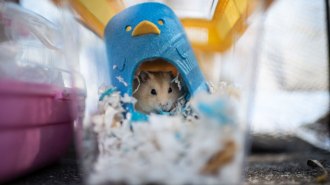 Animals
AnimalsSome hamsters are extremely susceptible to COVID-19
Golden Syrian hamsters used in research and popular as pets can become infected with SARS-CoV-2 with very low doses of the virus, a new study suggests.